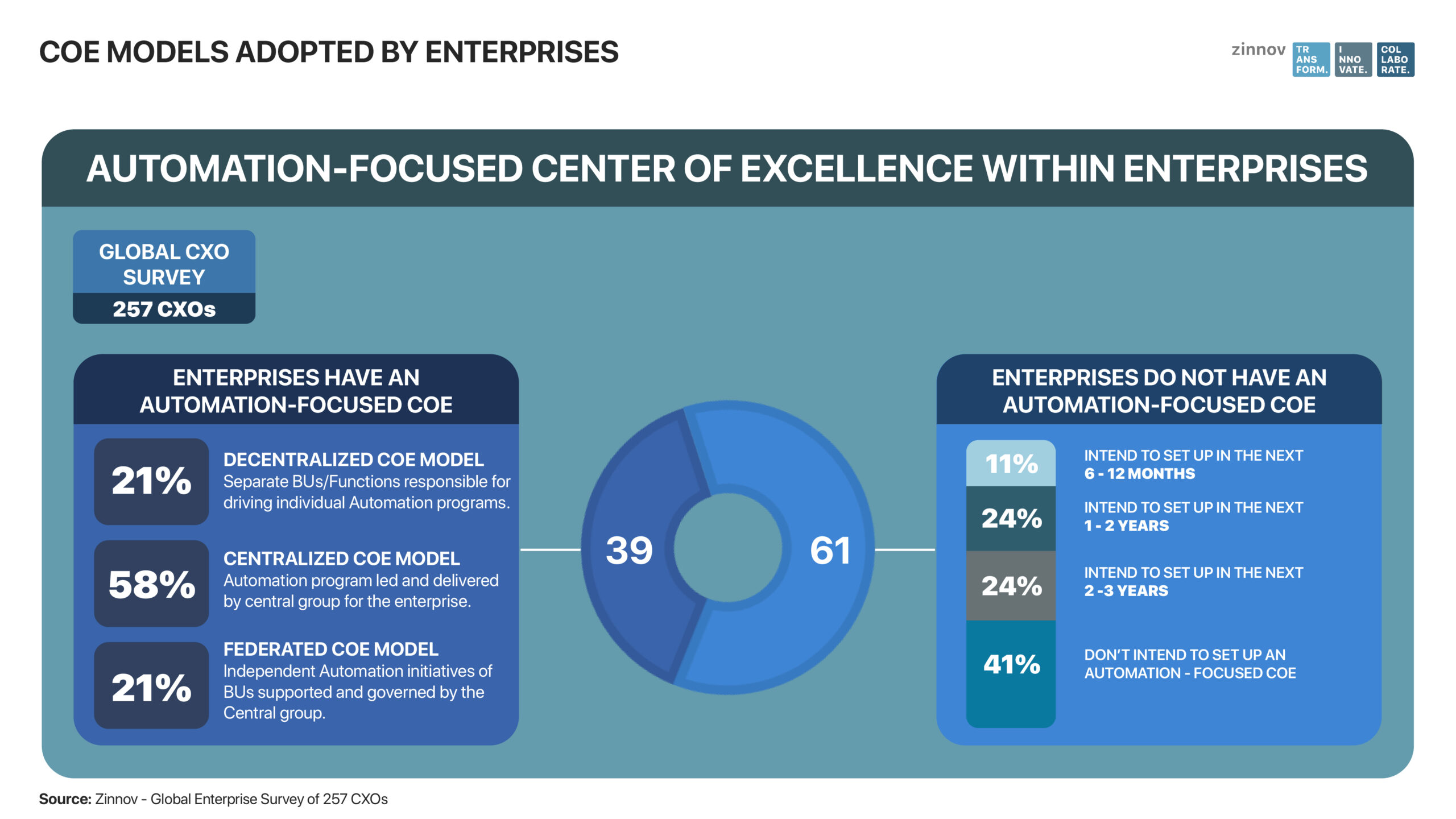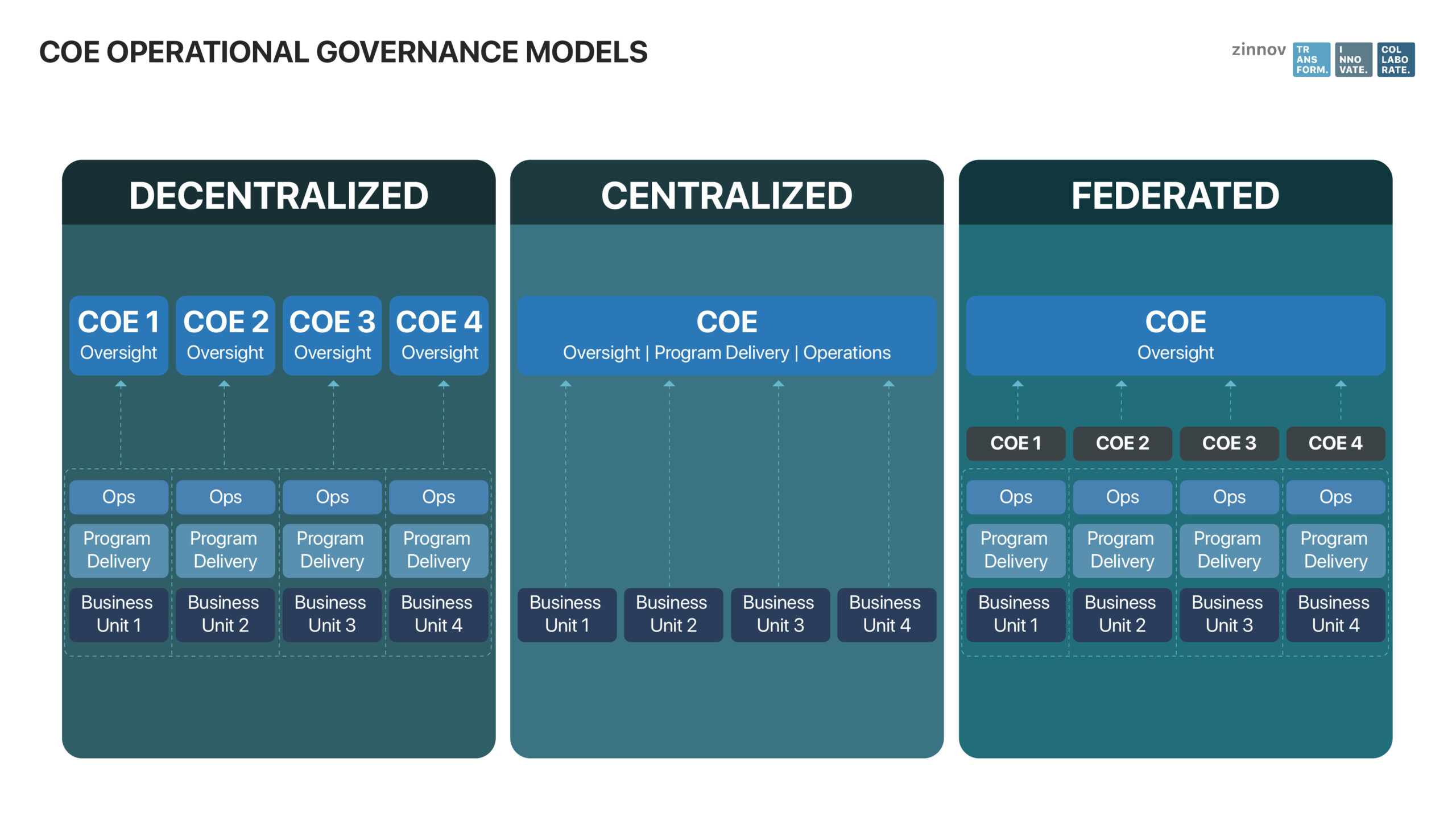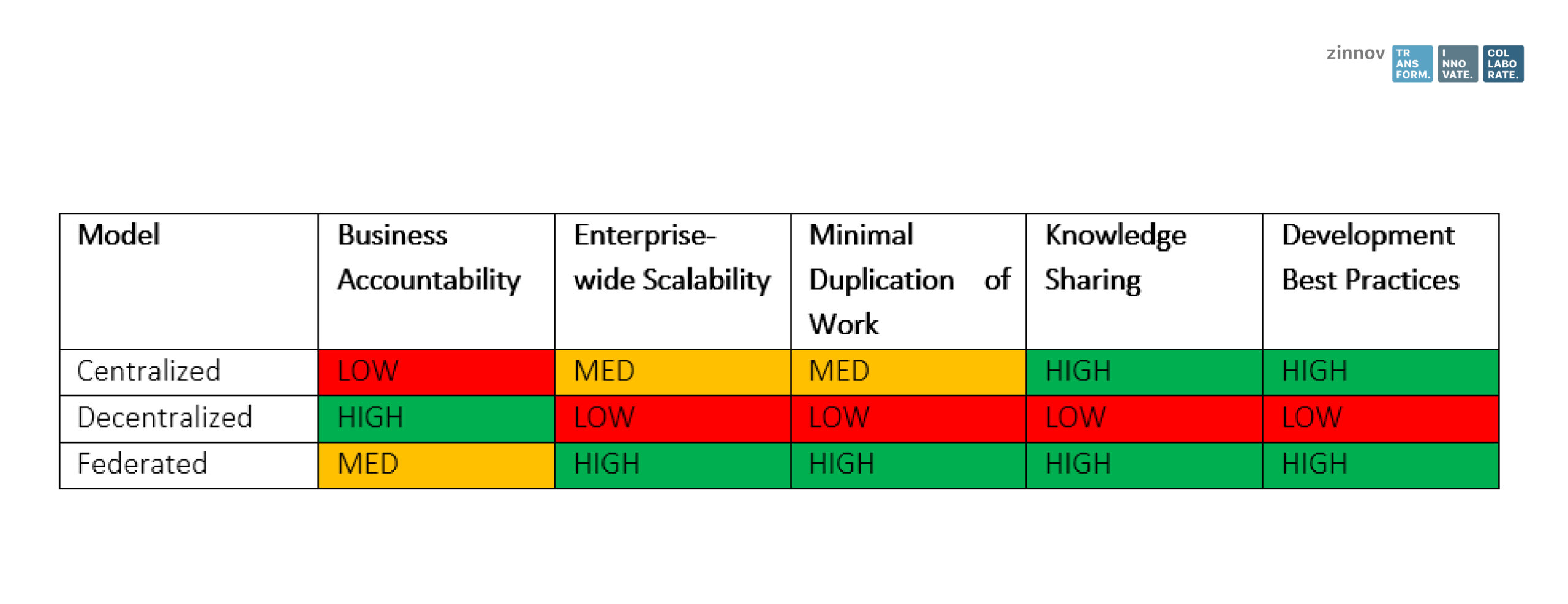|
|
An Automation Center of Excellence (COE) is a dedicated unit of people with leading-edge knowledge and competency in the area, where the team is armed with a mission to streamline access to Automation capabilities for rapid adoption of the technology across the business. An Automation COE is an evolving concept, and it will continue to evolve over time, due to continuous innovation, changing technology, and global trends. The literary meaning of a Center of Excellence is, “a place where the highest standards are maintained.” But how can an enterprise figure out whether it needs one?
Interestingly, a COE serves a similar purpose for an enterprise, as an air traffic control tower does for an airport. The function of a control tower is to prevent collisions, organize and expedite the flow of air traffic, and provide information and support to pilots.
Does an airport “need” an air traffic control tower? If the airport wants to scale its flight volumes, it most definitely does. Otherwise, what ensues is pure chaos.
A COE for an enterprise is no different. While a COE is not technically necessary to implement Automation technology, it instantly becomes a necessity when an enterprise wants to scale the Automation across the enterprise.
Like an air traffic control tower, the Automation COE provides governance, standard procedures, communication, resources, and technology platforms to support operations. A COE goes a step further and also helps optimize business processes and guides the enterprise through change. The COE consists of representatives from both business and IT to manage Automation initiatives – from idea generation to analysis, development, testing, deployment, and finally to support and monitoring.
The COE is a collective group of experts and skilled employees who are driving change as it relates to Automation technology adoption within the enterprise. Every enterprise has a different vision, focus, and Automation maturity, which make it essential to identify and establish the right governance model that works for them.
There are typically three types of governance models to choose from: centralized, decentralized, and federated. As the Automation initiatives change and grow over time, enterprises try to evolve their COE structure as well.
Regardless of the type of model, we can break down the functions of an Automation COE into C(contrive) O(operate) E(evolve):
COEs are becoming a strategic necessity too, along with having a robust Automation roadmap. Our recent survey of more than 250 global CXOs reveals that ~40% of enterprises have already set up Automation-focused COEs. Interestingly, an additional 35-40% intend to set up Automation COEs over the next 2-3 years. In addition, among those who have a COE in place, ~60% were found to have a Centralized COE model, 20% had a Decentralized COE model, and another 20% had a more evolved Federated COE model in place.

So, how can an enterprise determine which model to implement? Which model has inherent advantages compared to others? Here’s a deeper look at each of the COE models.

In a Centralized COE model, all functions of the COE will be performed by a single joint team of personnel from both the business and IT departments. This is an inside-out approach, where this central team has the decision-making power, and also provides expertise and common resources required to deliver the prioritized processes for Automation. The Centralized model also ensures that the best practices are executed across the business verticals and facilitates effective knowledge management. Additionally, the technology identification and tool selection, which are crucial in implementation, is managed by these experts.
But there is a flip side to this too; and it lies mostly around prioritization of processes. In large enterprises, there might be a dissonance between resource limitation and Automation demand, leading to deprioritization or delay of initiatives. This leads to discontent among the stakeholders. Also, in the long run, this model loses flexibility for change as well as ownership – which individual business units bring in for transformation.
Despite these drawbacks, we have seen enterprises such as McDonald’s implementing a successful centralized COE model, with over a budget of USD 10 Mn. They have been able to identify and implement more than 300 automations, with huge value-adds such as ~45% reduction in workforce for the identified processes. They also closely liaise with IT and business for collaborations, escalations, and continuous improvement, combined KPI identification and tracking.
The limitations of scaling from the Centralized model are overcome to a great extent by a Decentralized model. In this model, each business unit is responsible for driving the Automation initiatives, and all the functions of a COE are replicated within each unit. This provides individual ownership aligned to business unit goals, and enables the rapid scaling of automations. It also facilitates an Automation-first culture across the enterprise and limits challenges around prioritization of process among different BUs (business units).
A classic example of this would be Nike, where the Digital Product Creation BU has deployed over 100 process automations – saving over 200K man-hours per year.
But even after all these advantages, this model is far from perfect. Though BUs run their own charter, these initiatives become siloed in the long run, where information sharing is minimal and there is a huge duplication of effort, resources, and technology, which ultimately increases the cost of implementation. It also fosters a tailor-made solution, with no standardization or common best practices across the enterprise.
Most enterprises that are scaling their Automation initiatives or have become highly mature in their journey, find the Federated model to be a great fit. This model provides the flexibility of both Centralized as well as Decentralized models by creating a blended hybrid, and the extent of the hybrid is created by the enterprise’s Automation needs. In this model, COEs contrived are centralized within a single small group that sets standards, policies, and overall management; but the BUs or individual groups have the scalable Automation execution engine capabilities for prioritization, assessment, and development of processes.
This model ensures easier communication of processes, policies, and standards while enabling more effective knowledge sharing. However, this model is best utilized when the BUs are capable of driving their own demand and are trying to evolve from a Centralized or a Decentralized model. There have been very rare instances where an enterprise directly started with a Federated model.

Pfizer is one of the most popular enterprises in the Pharma industry which started its Automation journey around 2016, with a siloed approach and no structure in place. But in 2018, when it started scaling its Automation initiatives, it established a COE and gradually evolved into a Federated model. Today, enterprises leverage a variety of platforms across the BUs and are able to drive many innovations in the industry. This can be attributed to the many gains of the Federalized COE model.
Whether an enterprise opts for a centralized, decentralized, or a federated model, a COE drives consistent and effective utilization of Automation technologies. Each model sets enterprise-wide standards for development and deployment, determines controls, and complies with internal and external audit requirements. Ideally, a center of excellence empowers the business to innovate, discover new revenue streams, operate more efficiently, and manage the operational business impact. A COE is strategic and always evolving by reinventing itself and the business processes it supports – making it one of the most crucial steps in business expansion.